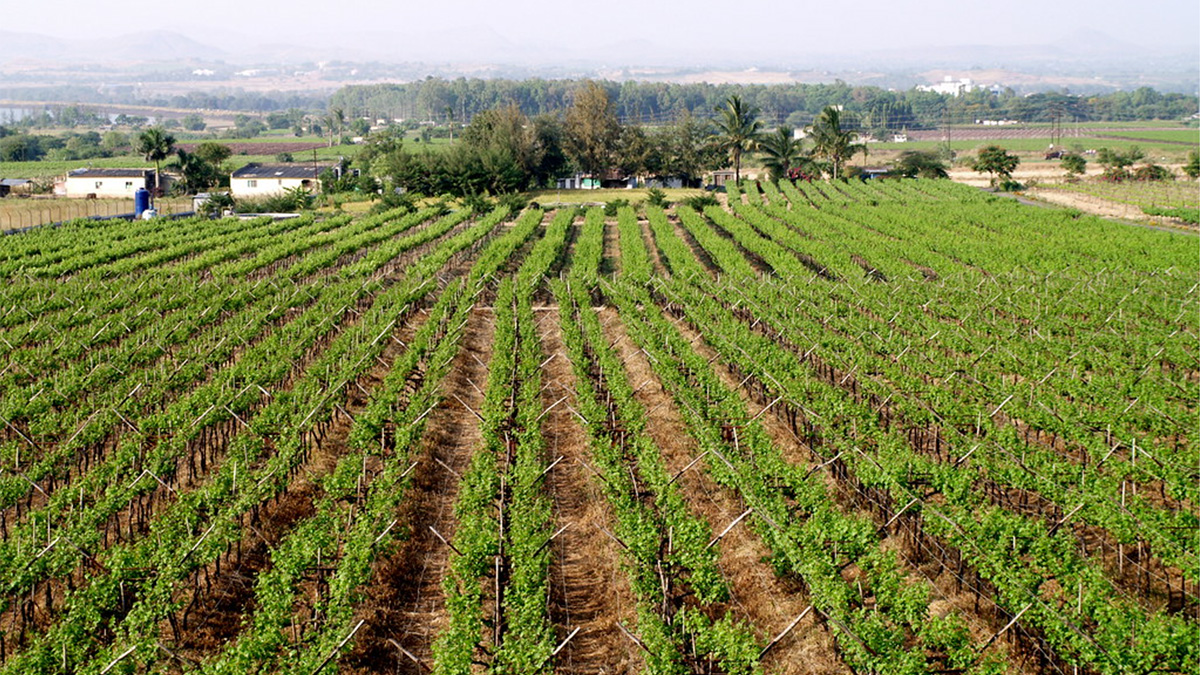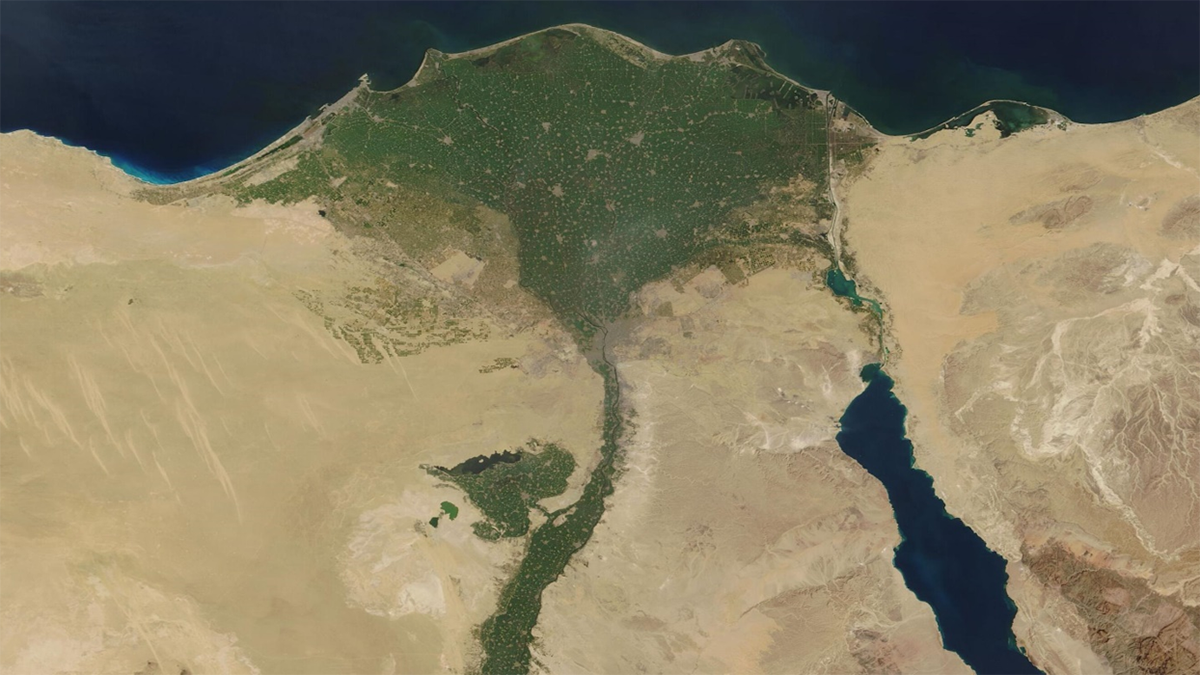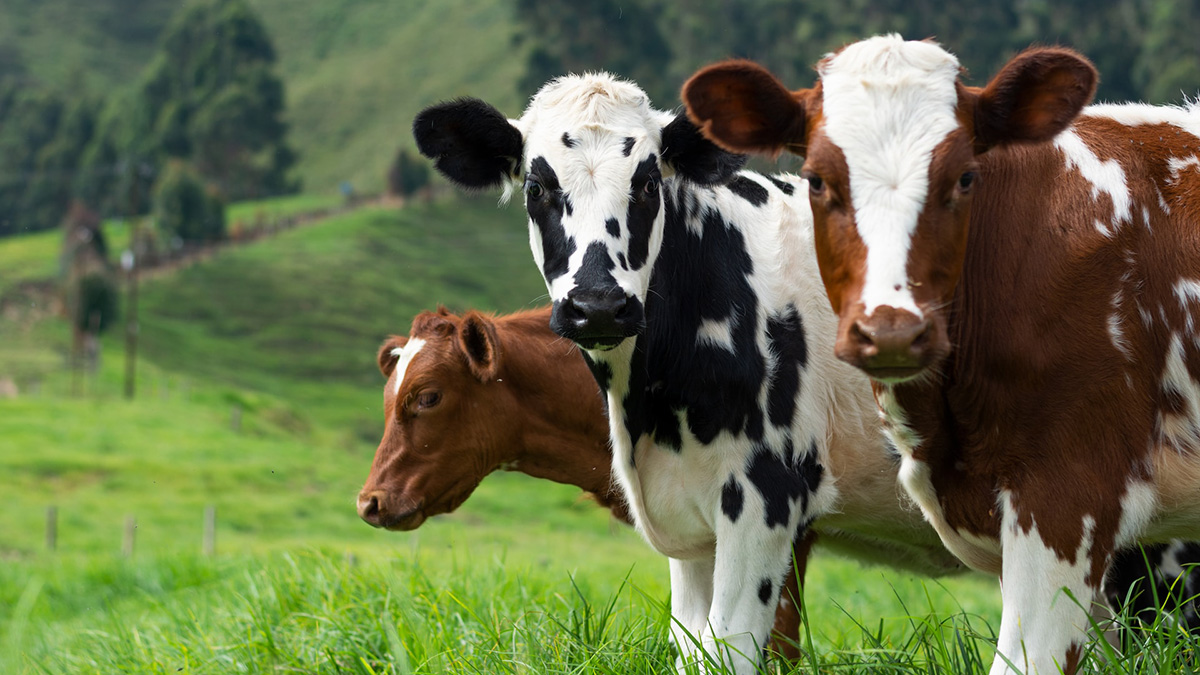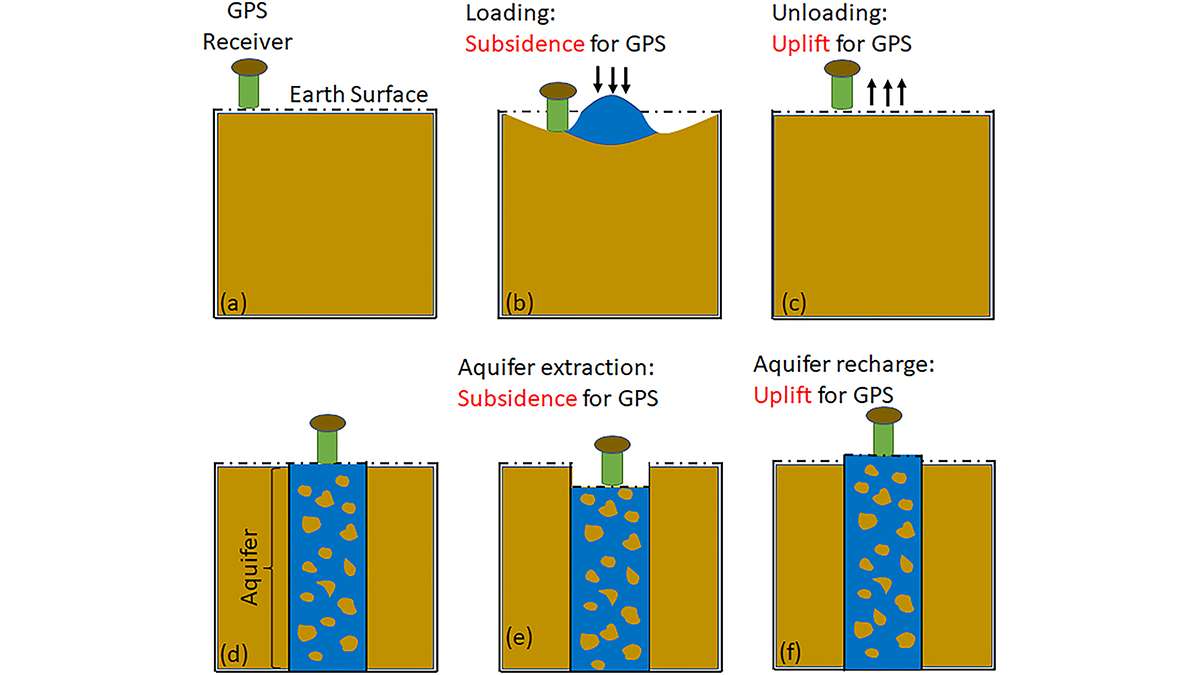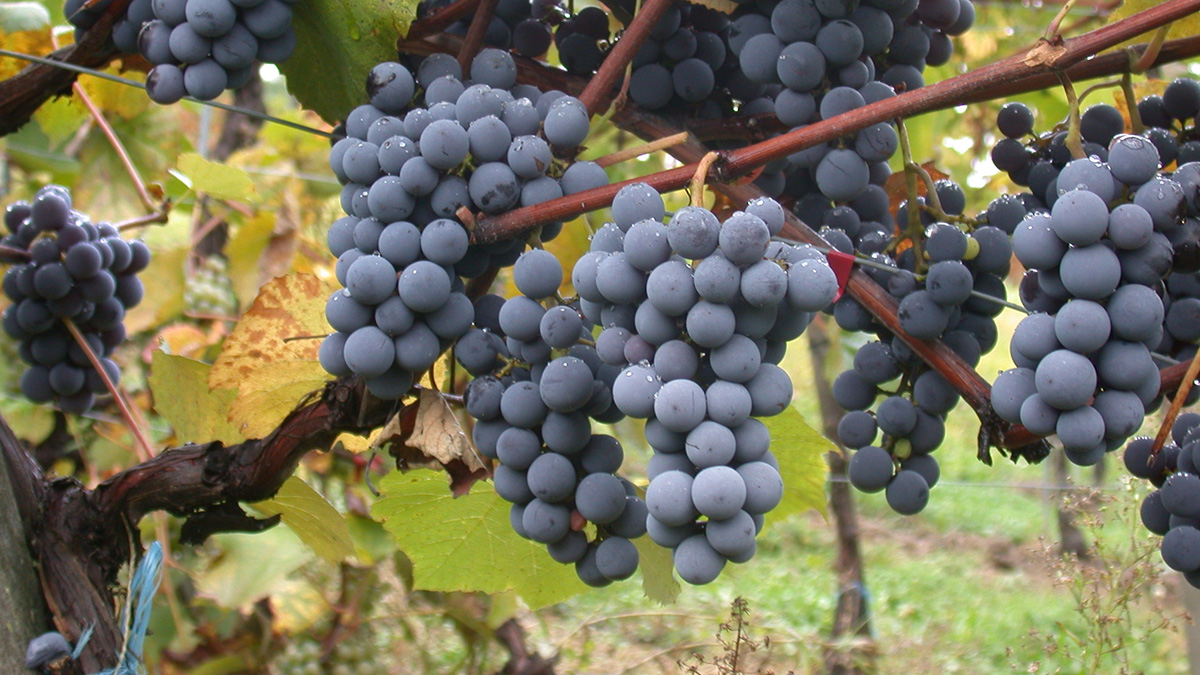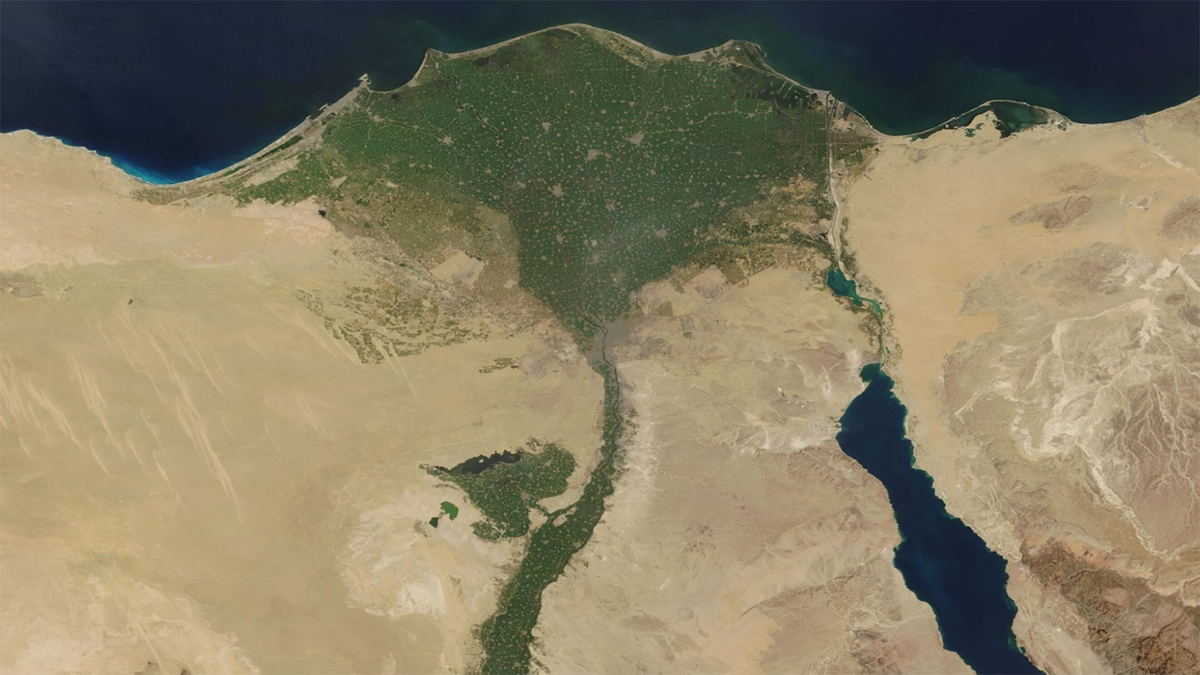Tropical weather is unpredictable, but a new tool could help farmers get a better grasp on it.
agriculture
Para el 2100 la producción de alimentos podría contribuir con 1°C al calentamiento global
Un nuevo estudio separa las emisiones de gases de efecto invernadero provenientes de la agricultura, mostrando cómo lo que comemos calienta el planeta.
مراقبة تراكم الملوثات من المعادن الثقيلة في دلتا النيل
تُظهر نتائج تحاليل العينات أن إعادة استخدام مياه الصرف بدون معالجة والتوسع في إنشاء السدود يسبب زيادة تركيز المعادن الثقيلة الملوثة في دلتا النيل مما يهدد بشدة سلامة النظام البيئي والصحي والإنتاج الزراعي في مصر.
Food Production Could Add 1°C of Global Warming by 2100
A new study teases apart greenhouse gas emissions from agriculture, showing how the food we eat heats up the world.
GPS Observations Sense Groundwater Change in Australia
By exploiting the fact that changes in groundwater cause deformations of the Earth’s surface, GPS receivers are used to detect groundwater changes related to extreme events and to seasonal oscillations.
Analyzing Sources of Pollution in the Great Lakes
Understanding how agriculture and land use affect nutrient flows and concentrations in the vast area of the Great Lakes is an essential step to developing sustainable management strategies.
Cómo el Último Máximo Glacial influenció en el origen del vino
El severo clima de la era de hielo influenció el cultivo de la vid durante el nacimiento de la agricultura.
Como as mudanças climáticas estão afetando as mulheres na Amazônia
Secas e enchentes alteraram radicalmente a agricultura familiar, mas lideranças femininas estão encontrando soluções para si e suas comunidades.
Tracking Heavy Metal Accumulation in the Nile Delta
Sediment measurements show that flow alterations and discharges are driving increasing concentrations of multiple heavy metals in the Nile Delta, threatening ecosystems, agriculture, and human health.
Suivie de l’accumulation des métaux lourds dans le Delta du Nil
Les analyses de sédiments montrent que la réutilisation de l’eau non traitée et la construction de barrages entraînent l’augmentation des concentrations de métaux lourds dans le Delta du Nil, menaçant gravement les écosystèmes, l’agriculture et la santé humaine.

